The rapid expansion of blockchain technology has brought with it an ever-growing challenge: the sheer size of blockchain databases. As more transactions are recorded and more nodes join the network, the storage requirements for maintaining a full copy of the blockchain become increasingly burdensome. This has led to a pressing need for effective database compression techniques that can reduce storage demands without compromising the integrity or security of the blockchain.
The Growing Storage Problem
Blockchain databases are designed to be immutable and decentralized, meaning every transaction must be stored indefinitely and replicated across countless nodes. Bitcoin’s blockchain, for example, has surpassed hundreds of gigabytes in size, while Ethereum’s continues to grow at an accelerating pace. For individual users and smaller nodes, this presents a significant barrier to participation, as maintaining a full node requires substantial storage capacity. Even enterprise-level operations face escalating costs and inefficiencies as blockchain bloat becomes more pronounced.
Why Compression Matters
Compression is not just about saving disk space—it’s about ensuring the long-term sustainability of blockchain networks. Without efficient compression methods, the increasing size of blockchains could lead to centralization, as only large entities with vast storage resources can afford to run full nodes. This runs counter to the decentralized ethos of blockchain technology. Moreover, slower synchronization times and higher bandwidth requirements deter new participants, stifling network growth and adoption.
Existing Approaches to Compression
Several strategies have emerged to tackle blockchain database compression. Pruning is one such method, where non-essential data, like spent transaction outputs, is discarded after validation. Light clients and simplified payment verification (SPV) nodes offer another solution by downloading only block headers instead of the entire blockchain. More advanced techniques involve cryptographic accumulators and stateless blockchains, where nodes no longer need to store the entire state of the network to validate transactions.
Challenges in Implementation
While these methods show promise, they are not without trade-offs. Pruning, for instance, can reduce storage but may complicate certain types of transaction verification. Light clients sacrifice some security and autonomy by relying on full nodes for certain data. Stateless blockchains, though innovative, require significant changes to existing protocols and may introduce new complexities in consensus mechanisms. Balancing compression with performance, security, and decentralization remains a delicate task.
The Future of Blockchain Compression
Research into more efficient compression algorithms and novel database structures is ongoing. Techniques like zero-knowledge proofs and recursive SNARKs could enable even greater compression by allowing nodes to verify transactions without storing historical data. Sharding, though primarily a scalability solution, may also alleviate storage pressures by splitting the blockchain into smaller, more manageable segments. As blockchain technology evolves, the development of robust compression methods will be critical to its widespread adoption and longevity.
Conclusion
Blockchain database compression is not merely a technical optimization—it’s a necessity for the future of decentralized systems. As blockchains continue to grow, the industry must prioritize solutions that reduce storage burdens while preserving the core principles of security and decentralization. The path forward will likely involve a combination of innovative cryptography, smarter database management, and perhaps even rethinking how blockchains store data altogether.

By /Jul 29, 2025
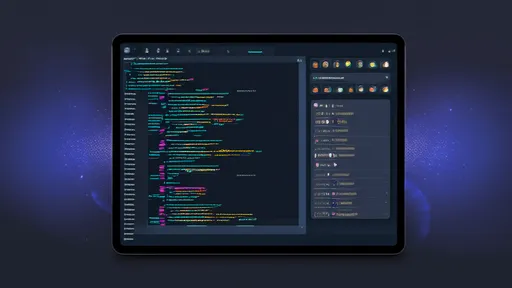
By /Jul 29, 2025

By /Jul 29, 2025

By /Jul 29, 2025
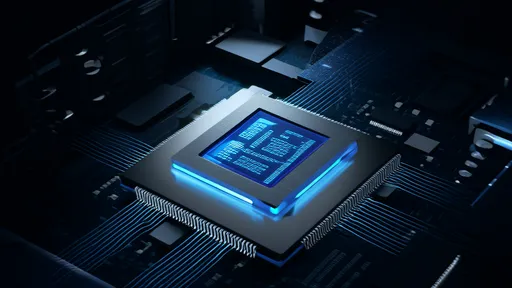
By /Jul 29, 2025

By /Jul 29, 2025
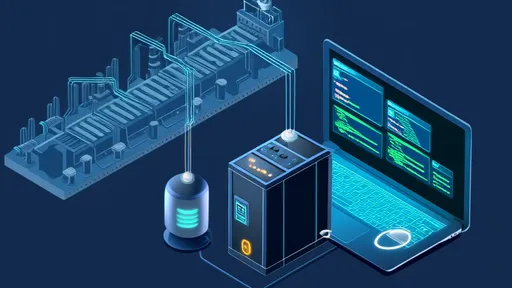
By /Jul 29, 2025
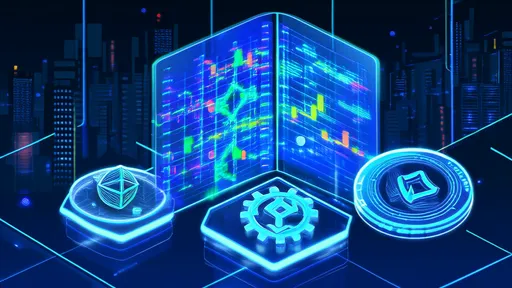
By /Jul 29, 2025

By /Jul 29, 2025

By /Jul 29, 2025

By /Jul 29, 2025

By /Jul 29, 2025

By /Jul 29, 2025

By /Jul 29, 2025

By /Jul 29, 2025
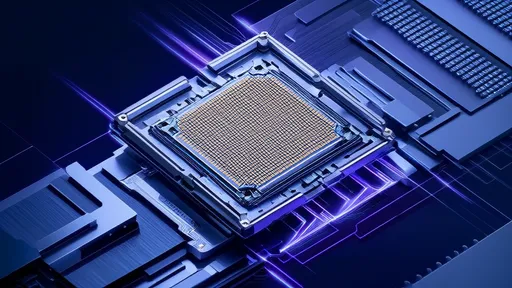
By /Jul 29, 2025

By /Jul 29, 2025

By /Jul 29, 2025

By /Jul 29, 2025
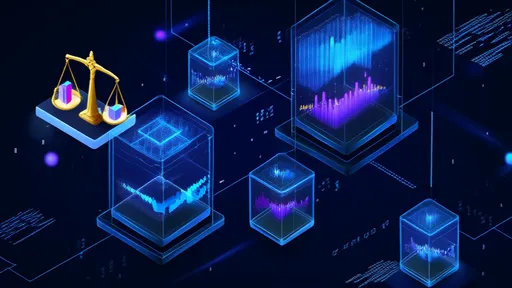
By /Jul 29, 2025